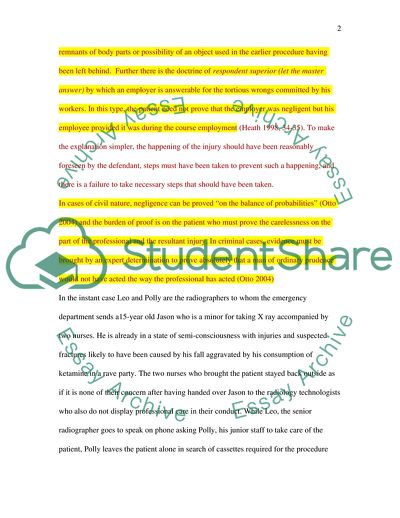Cite this document
(Medico-legal Issues in Radiology Case Analaysing Study, n.d.)
Medico-legal Issues in Radiology Case Analaysing Study. https://studentshare.org/law/1737773-medico-legal-issues-in-radiology-case-analaysing
Medico-legal Issues in Radiology Case Analaysing Study. https://studentshare.org/law/1737773-medico-legal-issues-in-radiology-case-analaysing
(Medico-Legal Issues in Radiology Case Analaysing Study)
Medico-Legal Issues in Radiology Case Analaysing Study. https://studentshare.org/law/1737773-medico-legal-issues-in-radiology-case-analaysing.
Medico-Legal Issues in Radiology Case Analaysing Study. https://studentshare.org/law/1737773-medico-legal-issues-in-radiology-case-analaysing.
“Medico-Legal Issues in Radiology Case Analaysing Study”. https://studentshare.org/law/1737773-medico-legal-issues-in-radiology-case-analaysing.


